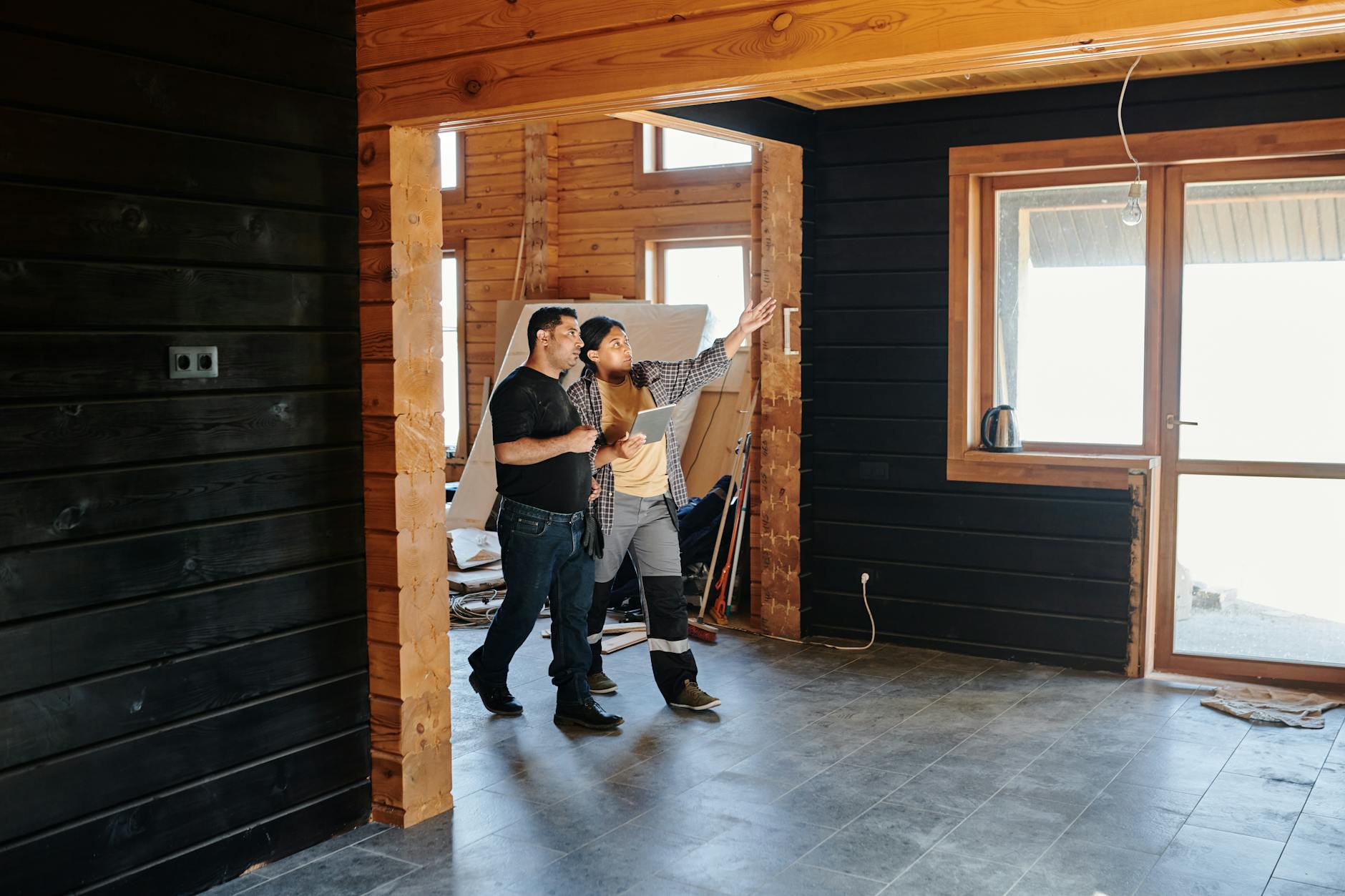The Future of Affordable Housing: Trends and Developer Insights
The future of affordable housing is a topic of increasing significance as urban populations grow and economic challenges persist globally. As housing prices soar, many communities face acute shortages of affordable homes, pushing policymakers, developers, and urban planners to rethink traditional approaches. This article examines emerging trends shaping the development of affordable housing and provides insights from industry experts on innovative strategies that could address the crisis. From technological advancements and sustainable building materials to new financing models and policy reforms, these developments offer promising solutions. By understanding the interconnected nature of these trends, stakeholders can better prepare for the evolving landscape of housing needs.
technology and innovation driving cost-effective construction
One of the most significant shifts in affordable housing development lies in the adoption of advanced technologies. Modular construction and prefabricated building components have been game changers, allowing developers to reduce labor costs and shorten construction timelines. These methods emphasize factory-built modules shipped to sites for rapid assembly, minimizing delays caused by weather and on-site inefficiencies.
Additionally, 3D printing has begun to make inroads, with some developers utilizing it to produce affordable housing units faster and at lower cost. Innovations in materials, like cross-laminated timber and recycled composites, not only reduce the carbon footprint but also lower building expenses.
Developers integrating these technologies report up to 30% reductions in overall project costs and improved scalability, enabling them to deliver more units within tight budgets.
financing models and public-private partnerships
Funding affordable housing remains a critical barrier but novel financing mechanisms are emerging to address this challenge. Traditional reliance on government subsidies and low-income housing tax credits is now being supplemented by social impact bonds, community land trusts, and green bonds.
Public-private partnerships (PPPs) play a pivotal role. These collaborations harness private sector efficiency and public sector support to create mixed-income developments that benefit from shared risk and resources. For example:
| Financing model | Description | Benefits |
|---|---|---|
| Social impact bonds | Private investors fund projects and are repaid by the government if targets are met | Encourages performance-based funding and innovation |
| Community land trusts | Nonprofit entities own land to ensure long-term affordability | Preserves affordability and prevents speculation |
| Green bonds | Funding dedicated to sustainable and energy-efficient building projects | Supports environmentally friendly affordable housing |
Developers increasingly view these models as essential to bridging funding gaps and maintaining sustainable affordability.
sustainability and environmental considerations
A growing emphasis on sustainable development is reshaping affordable housing design and construction. Energy-efficient technologies, water conservation systems, and the use of renewable materials not only reduce environmental impact but also cut utility costs for residents—an essential factor for truly affordable living.
Net-zero and passive house standards are no longer confined to luxury developments; they are becoming feasible options for affordable housing projects thanks to dropping technology costs and incentives. Additionally, incorporating green spaces and promoting walkability enhances community well-being and reduces reliance on transportation.
This trend links closely with financing innovations, as green bonds and related incentives make eco-friendly designs financially attractive for developers.
community engagement and social impact focus
The future of affordable housing also involves deeper community collaboration. Developers and policymakers are recognizing that successful housing projects extend beyond physical structures; they must consider social infrastructure and resident needs.
Engaging future tenants during the planning process ensures developments align with neighborhood culture and services. This approach contributes to long-term stability by fostering ownership and community pride. Many developers now integrate mixed-use facilities including educational centers, healthcare, and employment services within housing complexes.
Such social impact-oriented projects gain better acceptance and funding, as they demonstrate measurable improvements in residents’ quality of life.
Conclusion
The future of affordable housing rests on a multifaceted approach where technology, innovative financing, sustainability, and community engagement intersect. Advances in construction methods and materials are reducing costs and delivering units more efficiently, while new financial models and partnerships are making funding more accessible and flexible. Environmental sustainability not only addresses ecological concerns but also improves affordability through reduced living expenses. Meanwhile, involving local communities enhances social outcomes and creates resilient neighborhoods. Developers who embrace these intertwined trends position themselves to meet the growing demand for affordable homes effectively. Ultimately, a holistic strategy combining these insights will be crucial to overcoming the housing affordability crisis and achieving inclusive, long-term solutions.
Image by: Mikael Blomkvist
https://www.pexels.com/@mikael-blomkvist
editor's pick
latest video
news via inbox
Nulla turp dis cursus. Integer liberos euismod pretium faucibua

